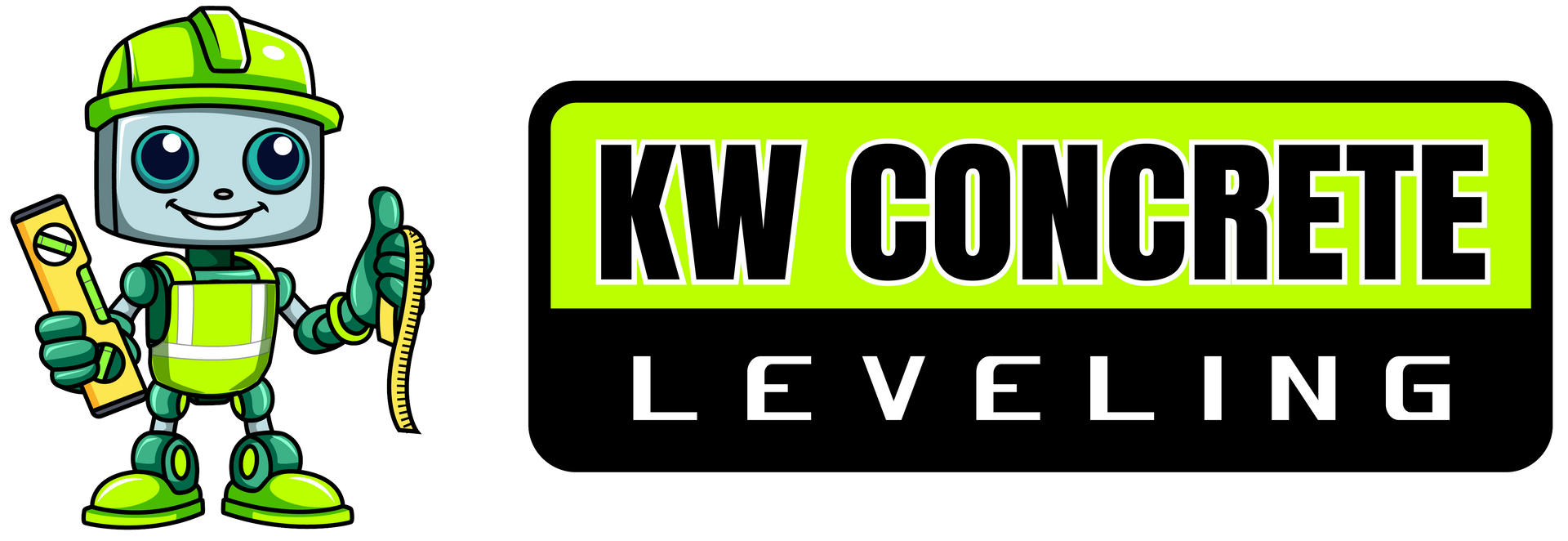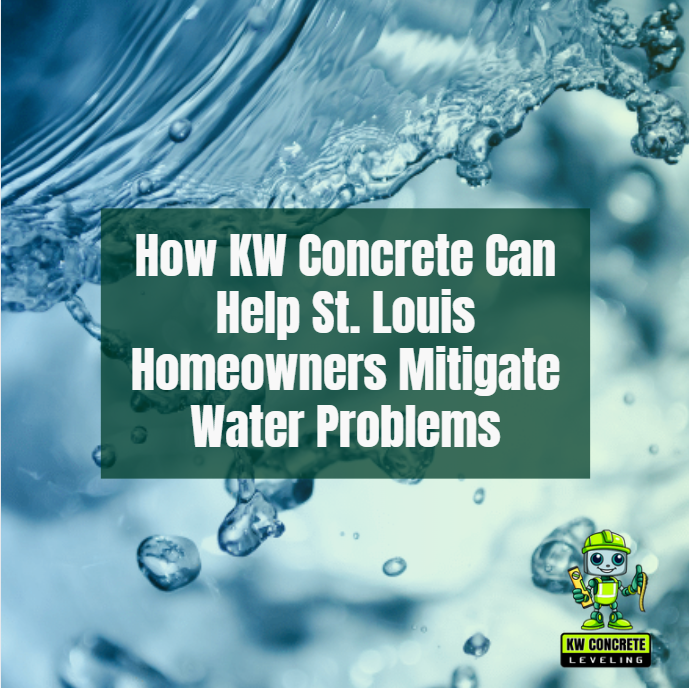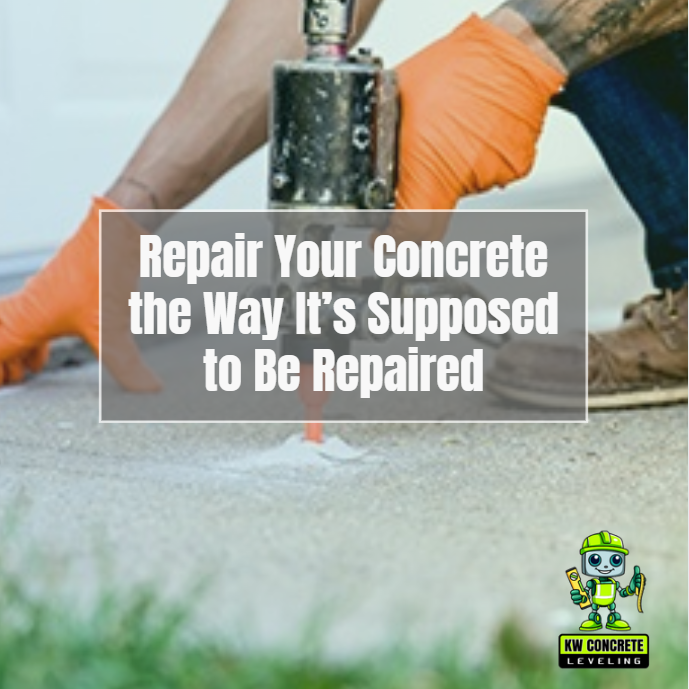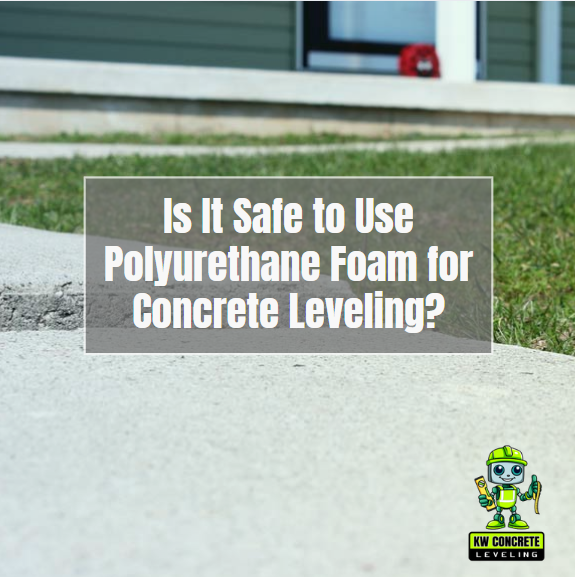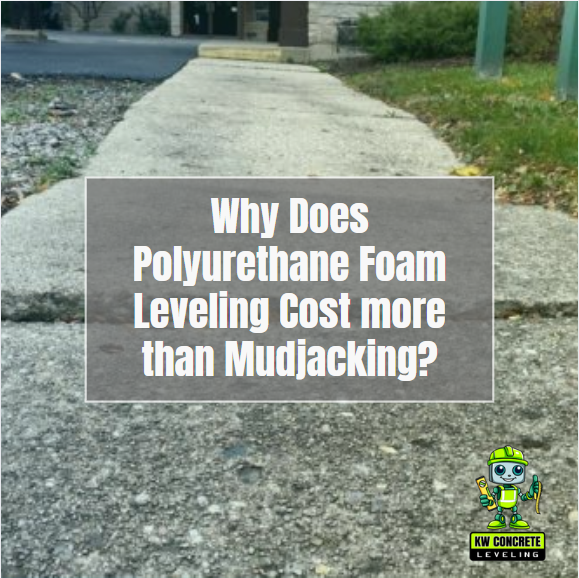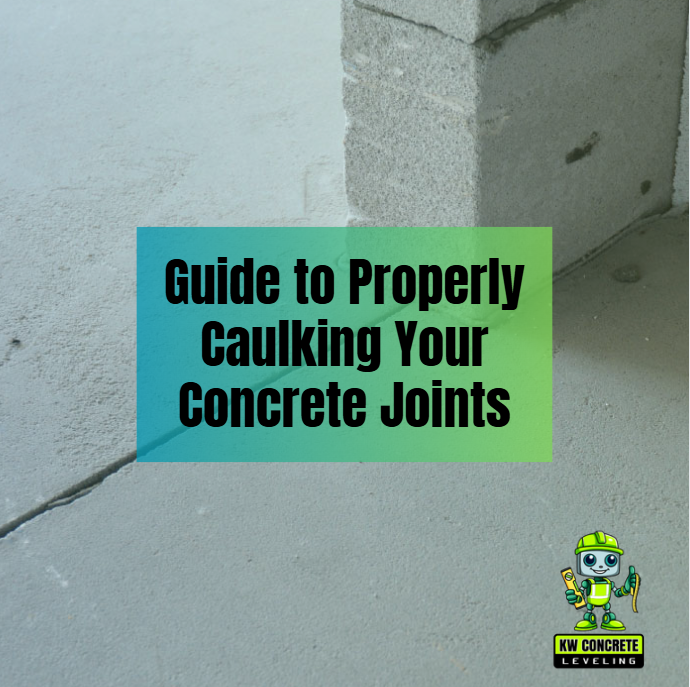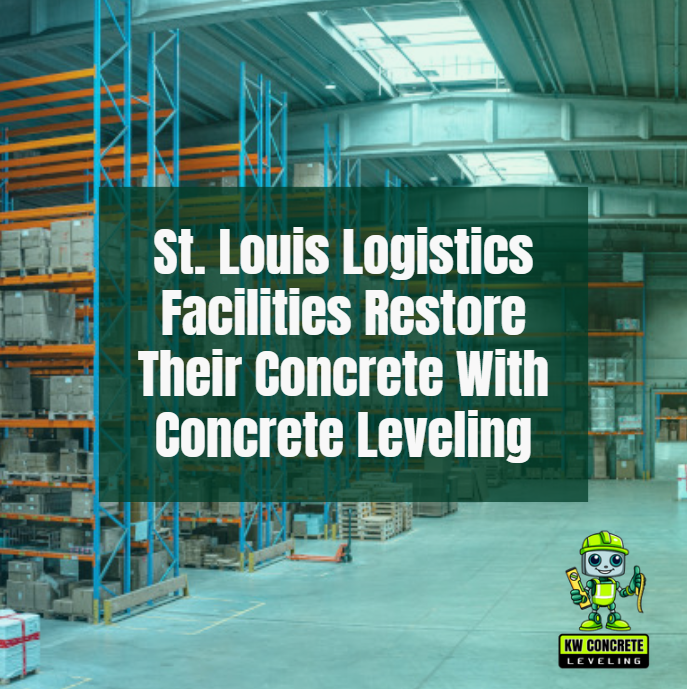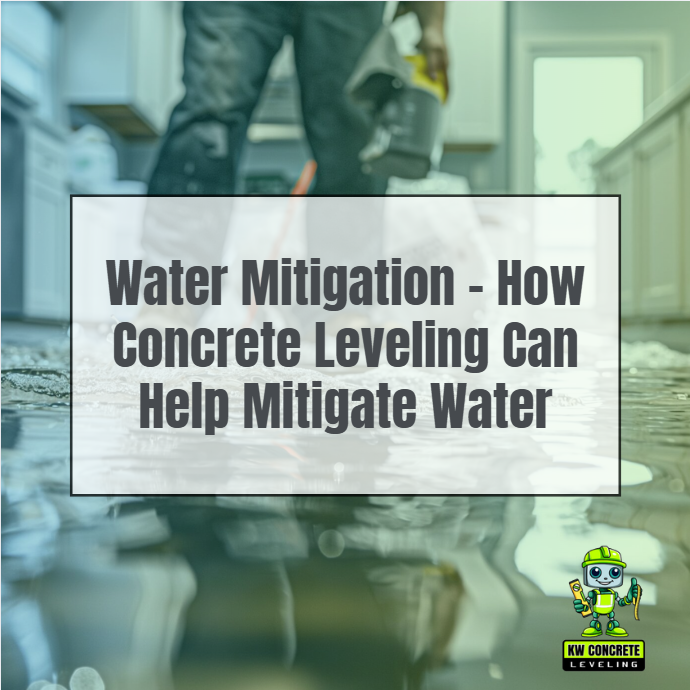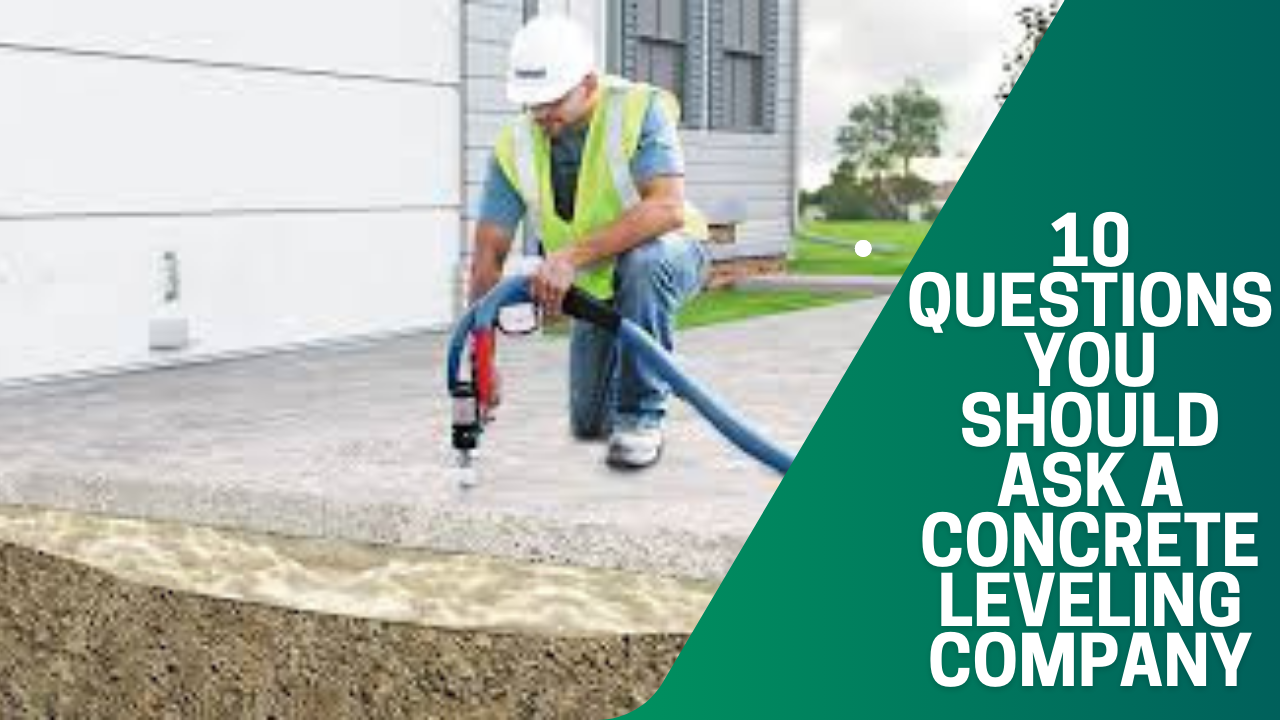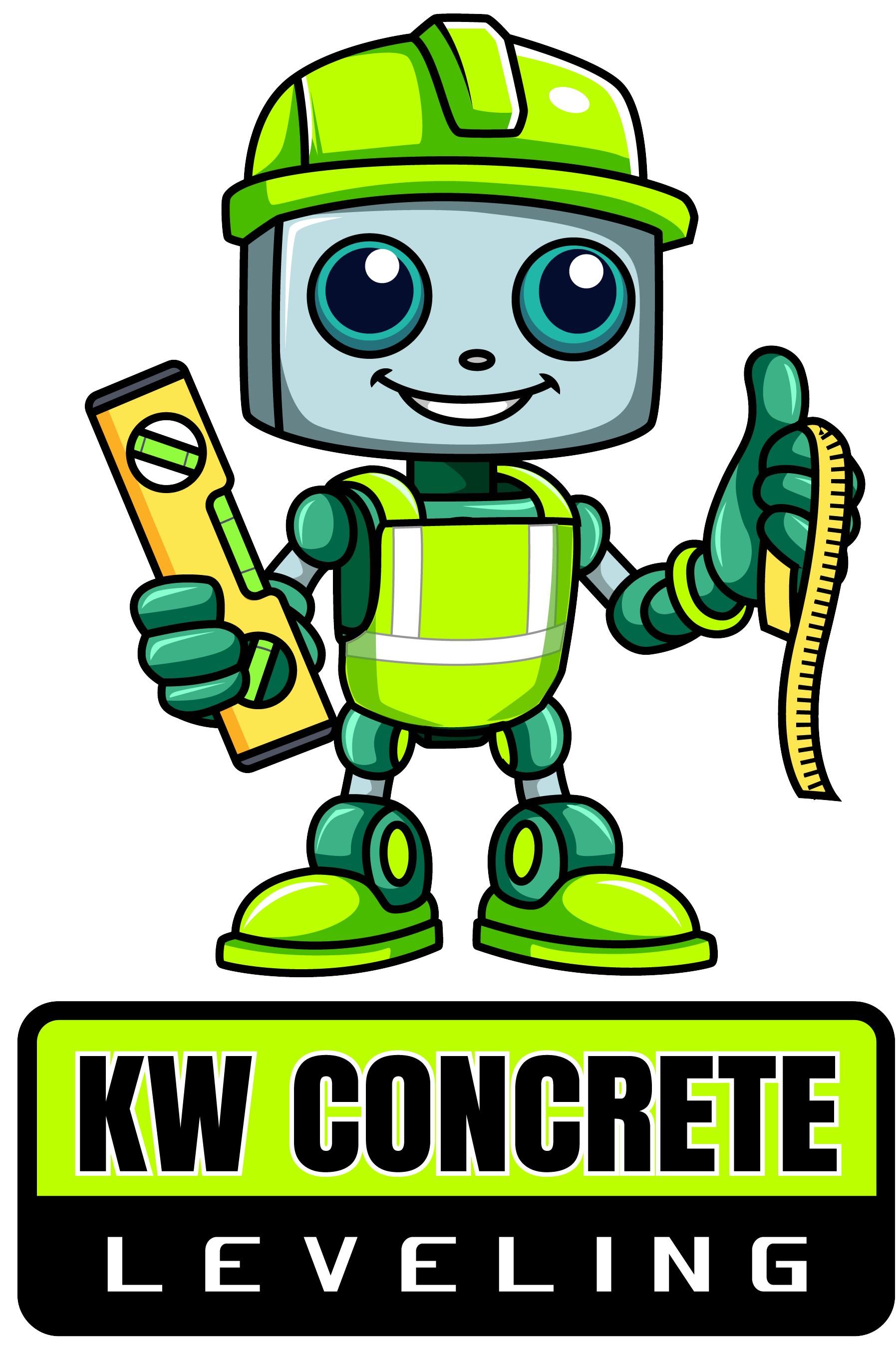Phone:
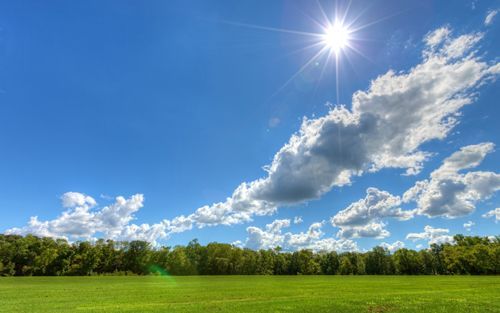
Weather conditions impact concrete in a few ways, depending on the severity and duration of exposure. Temperature fluctuations, moisture levels, and wind could cause considerable wear and tear on your equipment.
The effects of different weather conditions on concrete surfaces are broken down below.
How Weather Affects Concrete
Concrete is a strong and durable material which cannot be weathered. Over time, exposure to various weather conditions may cause deterioration, weakening, and aesthetic damage. From extreme temperatures to heavy rainfall and strong winds, environmental factors can make concrete crack, erode, or discolor.
How weather affects concrete can help homeowners and property managers to take preventive measures to extend its life and keep it structurally sound.
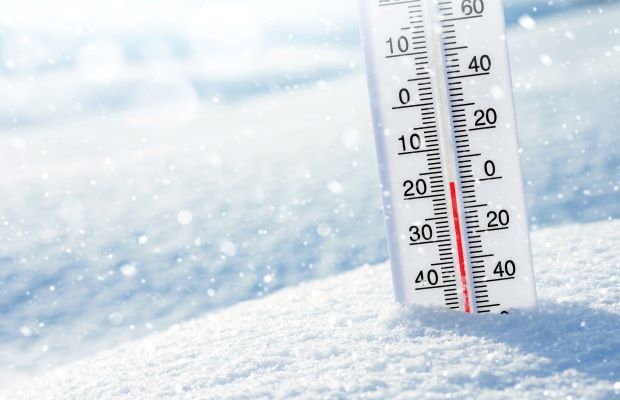
The freeze and thaw cycle is one of the worst winter effects of concrete. If moisture seeps into tiny cracks and pores in the concrete, it freezes in cool temperatures and expands. As the ice melts and refreezes frequently, the cracks widen and the system weakens, causing spalling and surface degradation.
Fluctuating temperatures in winter can also cause concrete to expand and contract. Cold temperatures cause concrete to contract, and heat causes it to expand. Over time, this movement can produce stress fractures that weaken the material and make it prone to cracking and structural problems.
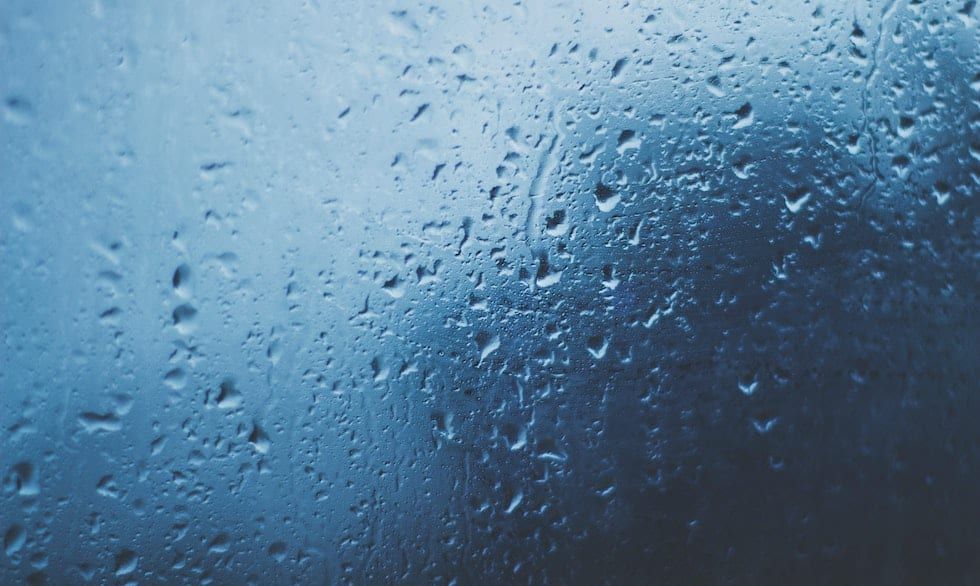
Excessive moisture from heavy rainfall can seep into the concrete porous surface and cause it to wear away. If the water removes fine particles from the concrete, the pitting and surface degradation may occur. Longer exposure to water without proper drainage can also create instability in the concrete foundation.
Moisture in concrete often leads to efflorescence. Whenever water evaporates, mineral deposits are created that generally show up to be a white, powdery residue on the surface area. This doesn't directly affect the structural integrity of the concrete but is unattractive and may indicate too much moisture retention.
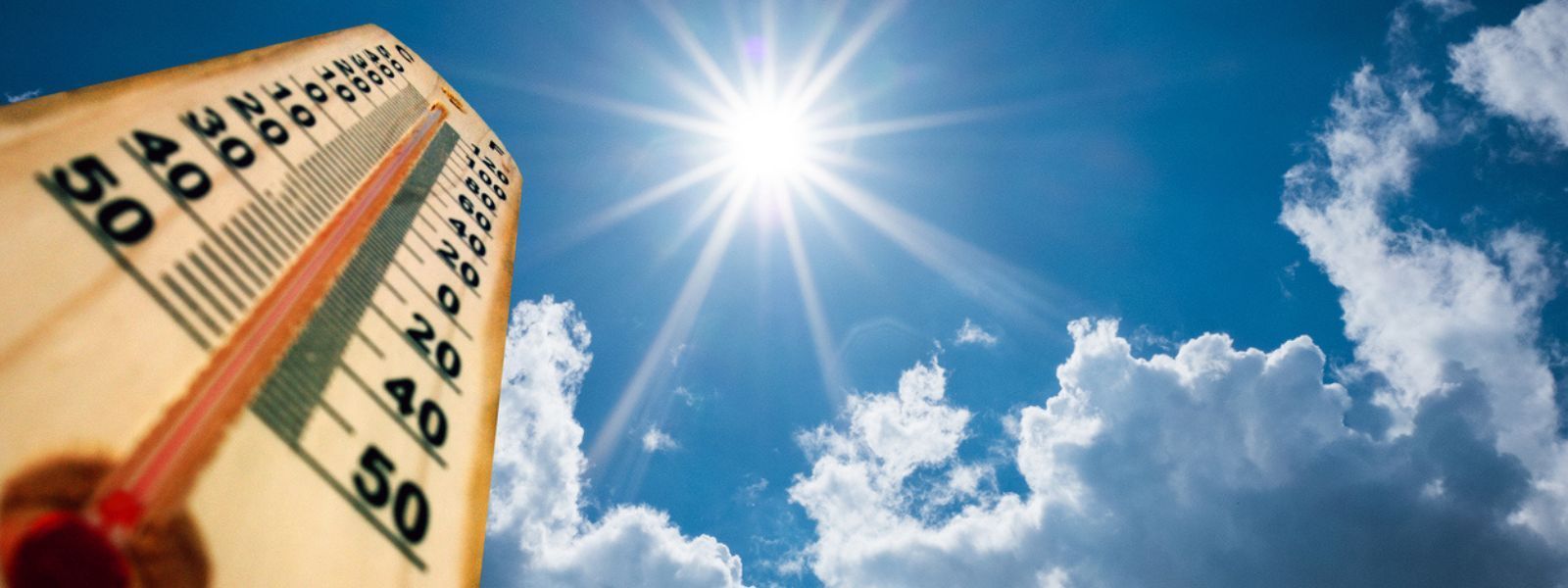
High temperatures and direct sunlight can accelerate the deterioration of concrete surfaces. Prolonged heat exposure can result in dehydration, surface shrinkage and increased brittleness. This can lead to cracking and scaling, especially if the concrete was not properly cured.
UV rays from the sun cause concrete surfaces to fade and lose their color. This is especially noticeable in decorative or stained concrete. This intense heat can also degrade surface sealants over time, leaving the concrete open to moisture and other environmental damage.

Winds and storms can blow debris, tree branches and other objects into concrete surfaces, causing chips, cracks or fractures. Strong storms with heavy rain and wind may also cause the soil underneath to become loose, making concrete foundations unstable.
Constant exposure to high winds can accelerate surface wear, especially where fine airborne debris is present. Sand and dirt from strong winds can act like sandpaper and wear away the concrete surface, reducing its life expectancy.
- Identify Early Signs of Damage - Routine inspections catch small cracks, chips, or areas of deterioration before they become major problems. Checking concrete surfaces seasonally helps to correct damage if it occurs.
- Use a High-Quality Sealant - Sealing concrete prevents moisture from getting into the concrete, preventing UV damage, and chemical exposure. A good sealant will resist cracking, staining, and erosion.
- Protect from Freeze-Thaw Damage - Using de-icing alternatives such as sand or calcium magnesium acetate instead of traditional rock salt can reduce freeze-thaw damage. Covering exposed concrete in extreme winter conditions can also help keep it in place.
- Make Sure You Have Proper Drainage Systems - One of the biggest threats to concrete longevity is standing water. A good drainage system that includes gutters, downspouts, and grading directs water away from concrete surfaces.
Professional Repair and Restoration
- Address Major Damage Promptly - If significant cracks, sinking, or deterioration are present, professional repair is recommended. Concrete may need leveling, patching, and resurfacing to restore its strength and appearance.
Conclusion
Weather affects the durability and condition of concrete structures. From freezing winters to hot summers, contact with various environmental elements can cause degradation, discoloration, erosion, and cracking.
But proper maintenance, sealing, and drainage can extend the life of your concrete surfaces. Regular inspections and timely repairs keep minor problems from becoming major problems.
By taking measures to protect concrete from weather damage, you can keep it strong, lasting and looking for years to come.
Call For An Estimate!
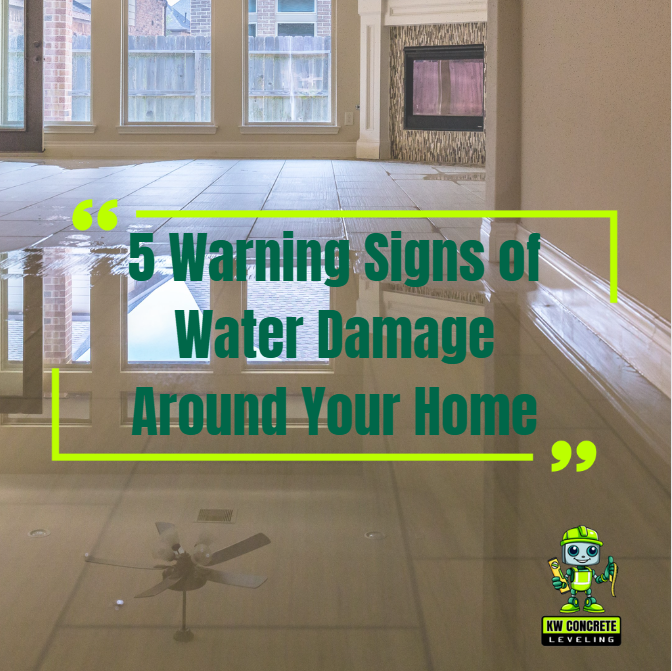
Quick Links
Contact Details
Phone: 314-661-5440
Location: St. Louis Missouri
Hours:
- Mon - Fri
- -
- Sat - Sun
- Closed
Privacy Policy | Terms & Conditions
All Rights Reserved | KW Concrete Leveling in St. Louis
